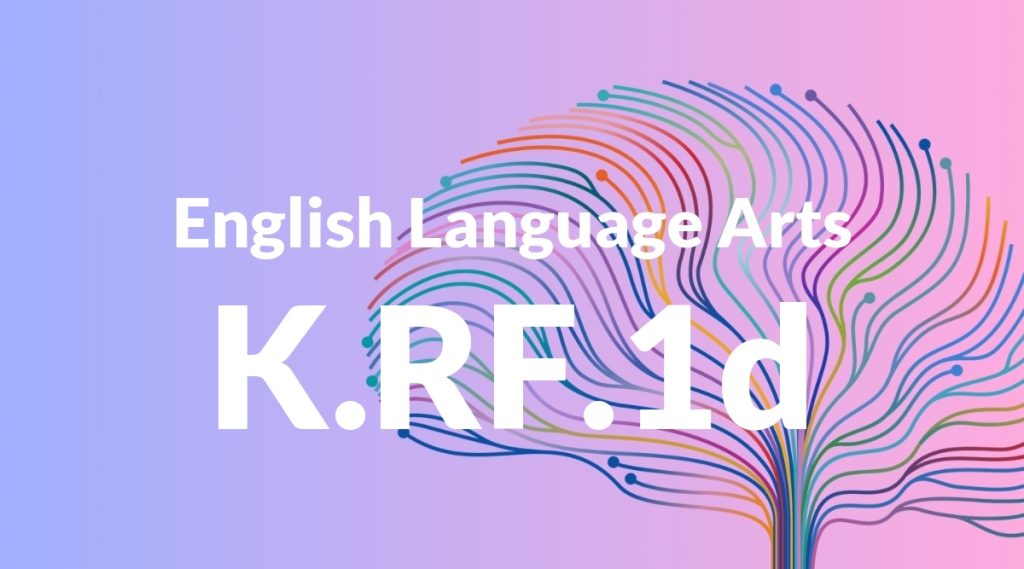Standard: K.RF.1d – Recognize and name all upper- and lowercase letters of the alphabet.
Grade level: Kindergarten
Subject: English Language Arts
Domain: Reading: Foundational Skills
Teacher Overview
This standard focuses on helping students recognize and name all upper- and lowercase letters of the alphabet, which is foundational for reading and writing. Mastery of this skill is crucial as it sets the stage for phonics instruction and early literacy development. Students should have a basic awareness of letters and some exposure to the alphabet through songs, books, or other media.
After mastering this standard, students will be prepared to start learning phonics, reading simple words, and writing their own names and other basic words.
Common Misconception 1
Students may confuse similar-looking letters, such as ‘b’ and ‘d’, because they look very similar and can be easily mixed up.
Intervention 1
Use multi-sensory techniques like tracing letters in sand or using finger paints to reinforce the differences. This tactile approach helps solidify the distinct shapes of each letter.
Common Misconception 2
Students might think uppercase and lowercase letters are completely different characters, which can hinder their ability to recognize the same letter in different contexts.
Intervention 2
Show pairs of uppercase and lowercase letters together and use matching games to reinforce the connection. This visual pairing helps students see the relationship between the two forms.
Prerequisite Knowledge
Students should be familiar with the concept of letters and have some exposure to the alphabet through songs, books, or other media.
Subsequent Knowledge
Students will be able to use their knowledge of letters to begin learning phonics, reading simple words, and writing their own names and other basic words.
Instructional Activities
- Alphabet flashcards for letter recognition
- Alphabet songs and chants
- Letter tracing worksheets
- Letter matching games
- Interactive alphabet apps on tablets




